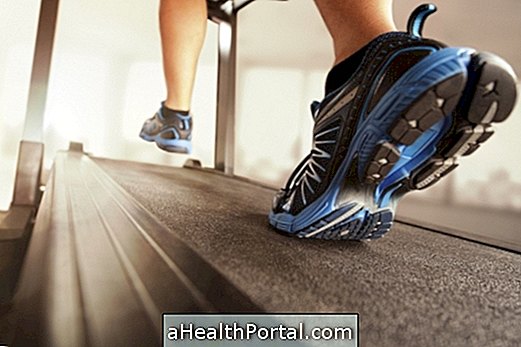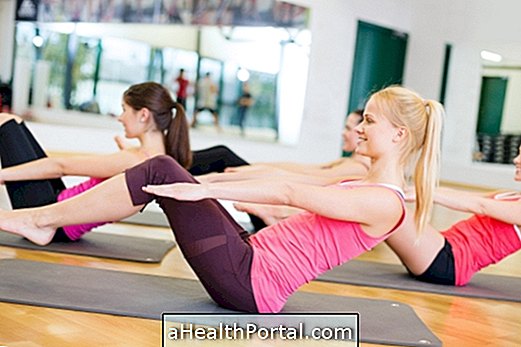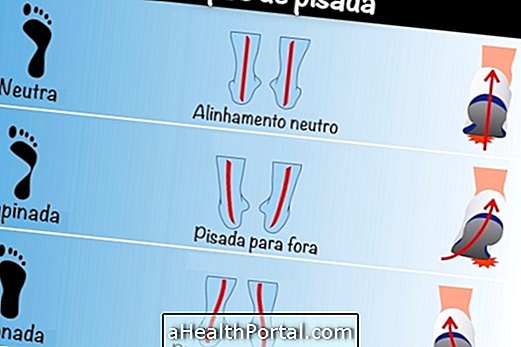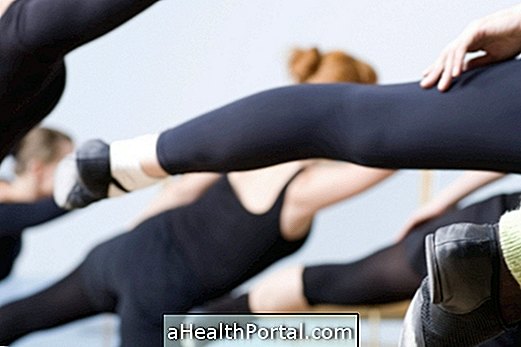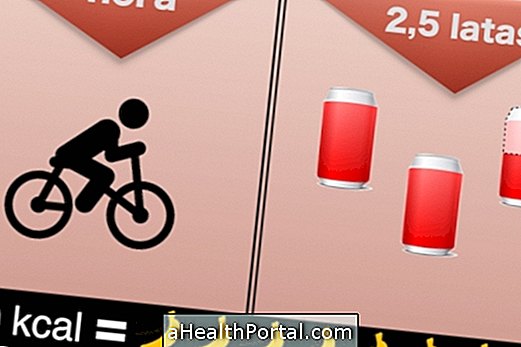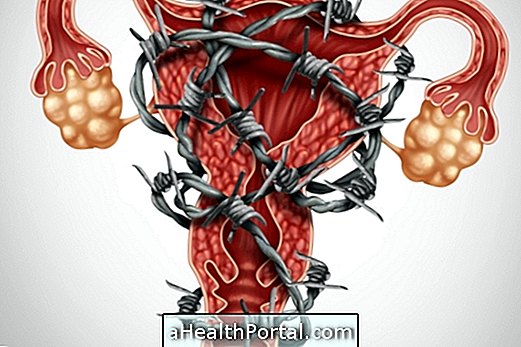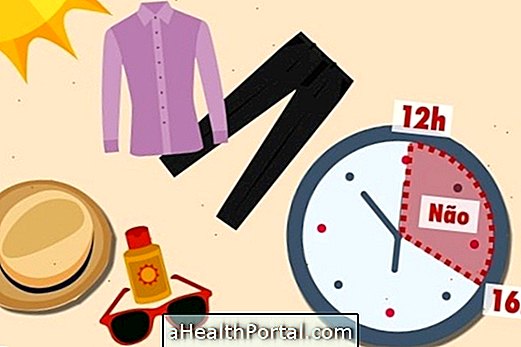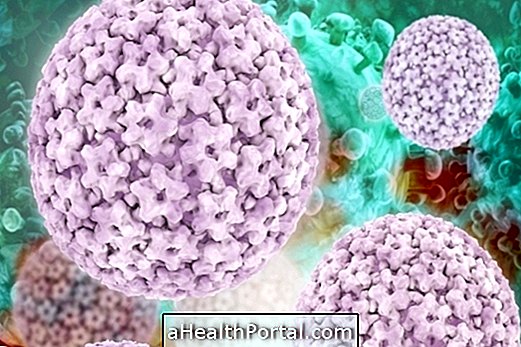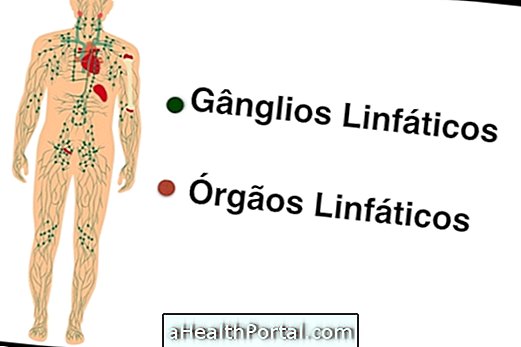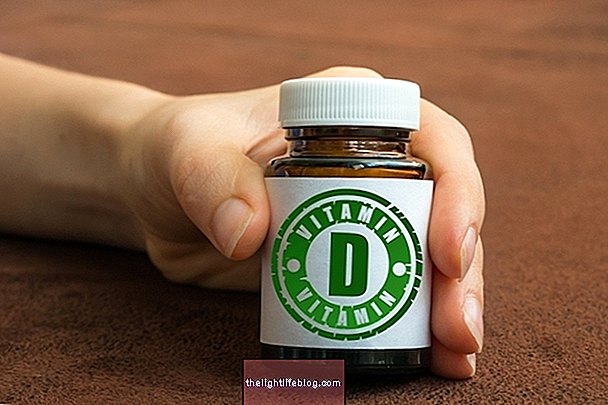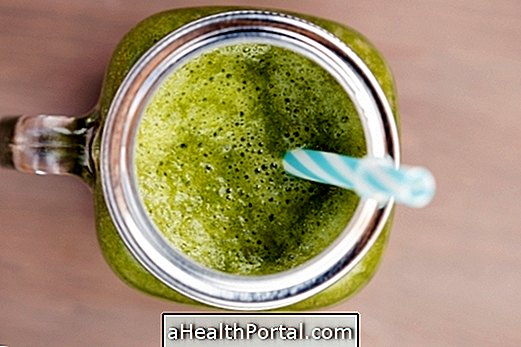Dumbbell chest exercises to do at home help to strengthen, tone, define, gain muscle volume and improve motor coordination, as in addition to the chest work other muscles such as the deltoid, triceps and trapezius.
To do this workout with a dumbbell it is important to keep your wrists steady, your shoulder blades retracted and your abdomen contracted, in addition to taking into account the limitations of the body to avoid any type of injury such as tendonitis or bursitis, for example.
The ideal is to do a medical evaluation before starting any physical activity and have guidance from a physical educator who must indicate the weight of the dumbbells most appropriate for each exercise in an individualized way.
How to do the chest workout
Dumbbell chest training to do at home can be done 2 to 3 times a week, in 2 to 3 sets of 10 to 15 repetitions, resting 1 minute between sets. The ideal is to choose 2 to 3 exercises per workout.
Before starting training, warm-up should be done to improve muscle performance, activate circulation and prevent injuries. A good warm-up option is to move your arms up and down several times, and from side to side, at an accelerated pace.
Some exercise options for doing a chest workout at home are:
1. Straight crucifix
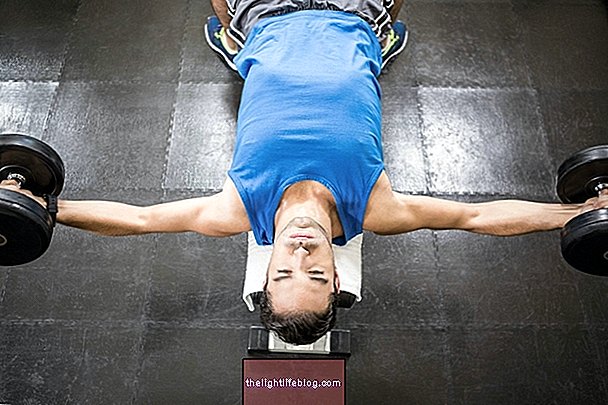
The straight crucifix is a great exercise option for the chest because it allows you to strengthen and develop the chest muscles, in addition to the shoulders and arms.
How to do it: lie on the floor with your belly up. Bend your knees slightly, with the soles of your feet flat on the floor. With your arms stretched out at your sides and at shoulder height, hold the dumbbells with your palms facing inwards.
With your abdomen contracted, raise your arms, with your elbows slightly bent, keeping your wrists straight, pushing the dumbbells upwards, as if you were going to touch one dumbbell against the other. Lower your straight arms until your elbows are close to the floor. It is important to exhale when raising your arms and inhaling when lowering your arms.
2. Bench press
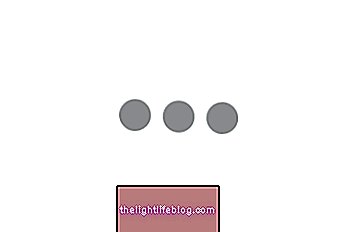
The bench press is another good option for chest exercise to work on strengthening and defining the pectoralis major, deltoid and triceps muscles.
How to do it: lie on the floor with your belly up and legs straight. With your arms folded at your sides and at shoulder height, hold the dumbbells with your palms facing forward. With your abdomen contracted, raise your arms, pushing the dumbbells directly above your chest with your elbows slightly bent, keeping your wrists straight. Lower your arms, always with your elbows bent until they touch the floor.
3. Development
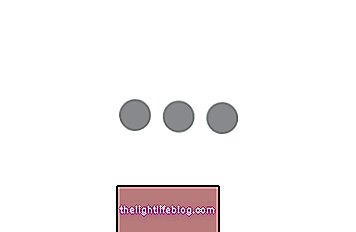
The dumbbell development exercise allows you to strengthen and develop the upper pectoral, deltoid, triceps and trapezius muscles, being a good option for people who want hypertrophy of this musculature.
How to do it: sit on a bench or chair and place the weights so that the arm and forearm form a 90 degree angle. It is important that the palms of the hands are facing forward, the back always straight and the abdomen contracted. Lift the weights until your arms are straight and return to the starting position.
4. Straight fly
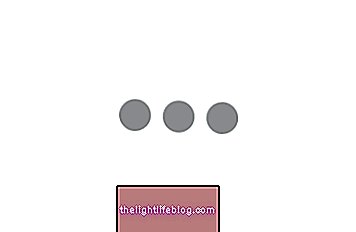
The straight fly is an exercise for the chest that works on the definition and strengthening of the pectoralis major, the triceps and deltoid muscles. In addition, this exercise works on motor coordination.
How to do it: lie on the floor with your belly up and legs straight. With your arms folded at your sides and at shoulder height, hold the dumbbells with your palms facing forward. With your abdomen contracted, raise your arms, pushing the dumbbells, turning your hands inwards until they are above your chest. Keep your elbows slightly bent and your wrists straight. Lower your arms, always with your elbows bent until they touch the floor.
5. Pullover
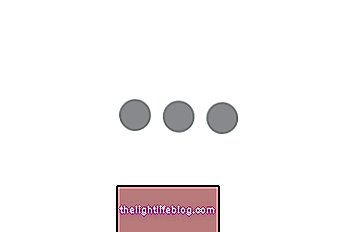
Pullover is an exercise that can also be included in the home workout plan with a dumbbell, as it promotes strengthening of the pectoralis major muscle, in addition to also working the latissimus dorsi muscle at the same time.
How to do it: lie on a bench or join two chairs so that your back is properly supported, and keep your feet firmly on the floor. Then, hold the dumbbell above your head and, with your arms extended, descend behind the head as far as you can and return to the starting position.
What to do after training
After weight training with dumbbells it is important to stretch to relax the muscles, reduce muscle tension, improve blood circulation, prevent wear and tear on muscles and joints, in addition to improving posture and balance.
Some stretching options include:
1. Stretching on the wall

Stretching on the wall makes it possible to stretch the pectoralis major, the anterior part of the deltoid and the biceps.
How to do it: standing, face a wall and raise an arm to shoulder height, with your palm against the wall. Make a rotation movement with the body outwards, in the opposite direction of the arm and hold the position for 30 to 60 seconds. Repeat with the other arm.
2. Stretching of foot
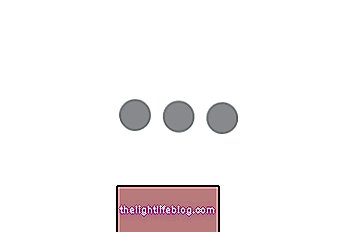
Foot stretching stretches the pectoralis major and deltoid muscles.
How to do it: standing, with your feet aligned with your hips, relax your shoulders and contract your abdomen, keeping your back straight. Stretch your arms back and interlace your fingers. Raise your arms up as high as you can, contracting your shoulder blades. Hold this position for 30 to 40 seconds.
Was this information helpful?
Yes No
Your opinion is important! Write here how we can improve our text:
Any questions? Click here to be answered.
Email in which you want to receive a reply:
Check the confirmation email we sent you.
Your name:
Reason for visit:
--- Choose your reason --- DiseaseLive betterHelp another personGain knowledge
Are you a health professional?
NoMedicalPharmaceuticalsNurseNutritionistBiomedicalPhysiotherapistBeauticianOther
Bibliography
- GEHM, David G .; CHAOUACHI, Anis. A review of the acute effects of static and dynamic stretching on performance. Eur J Appl Physiol. 111. 11; 2633-2651, 2011
- HOTTA, Kazuki; et al. Daily muscle stretching enhances blood flow, endothelial function, capillarity, vascular volume and connectivity in aged skeletal muscle. J Physiol. 596. 10; 1903–1917, 2018


